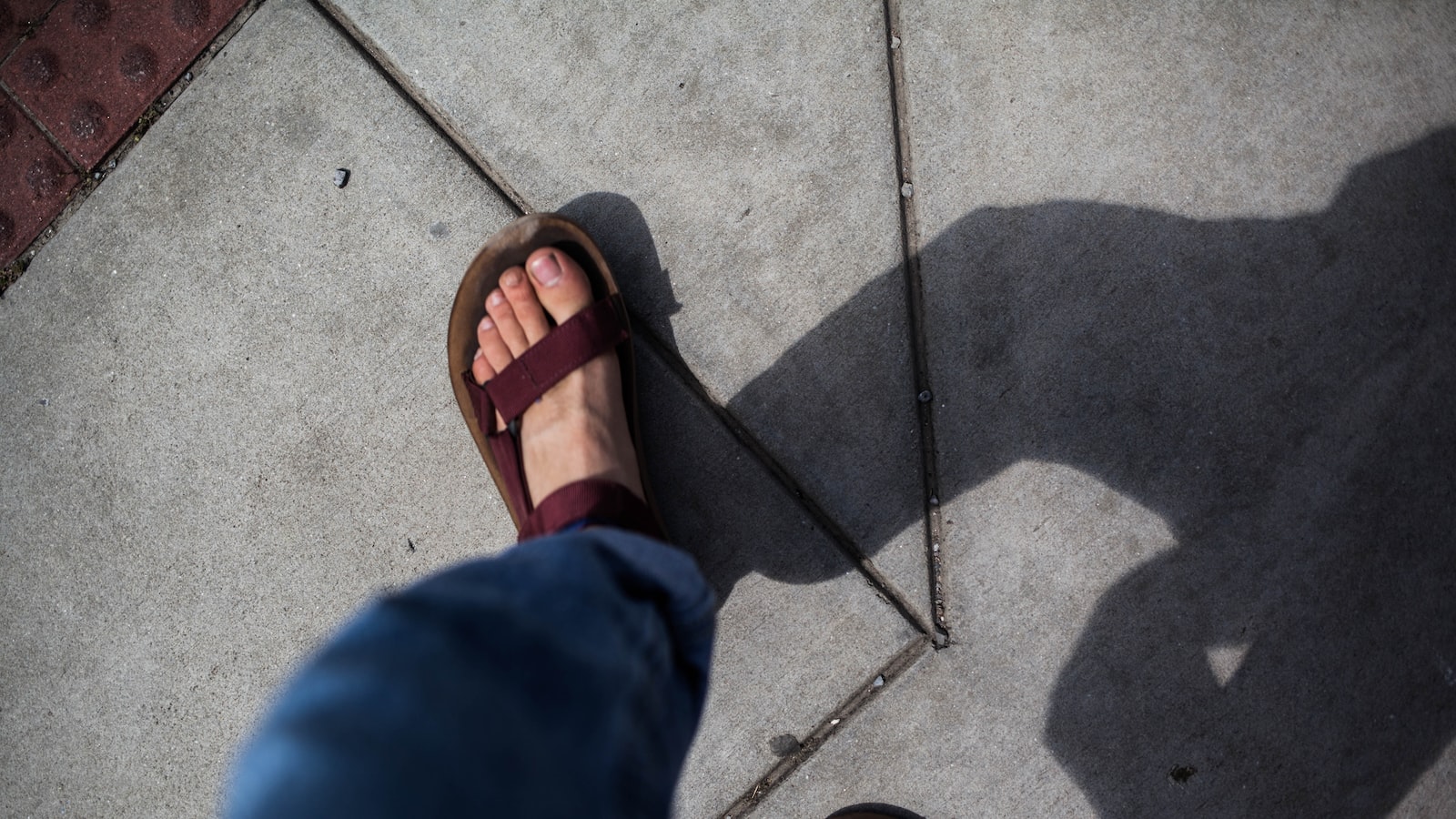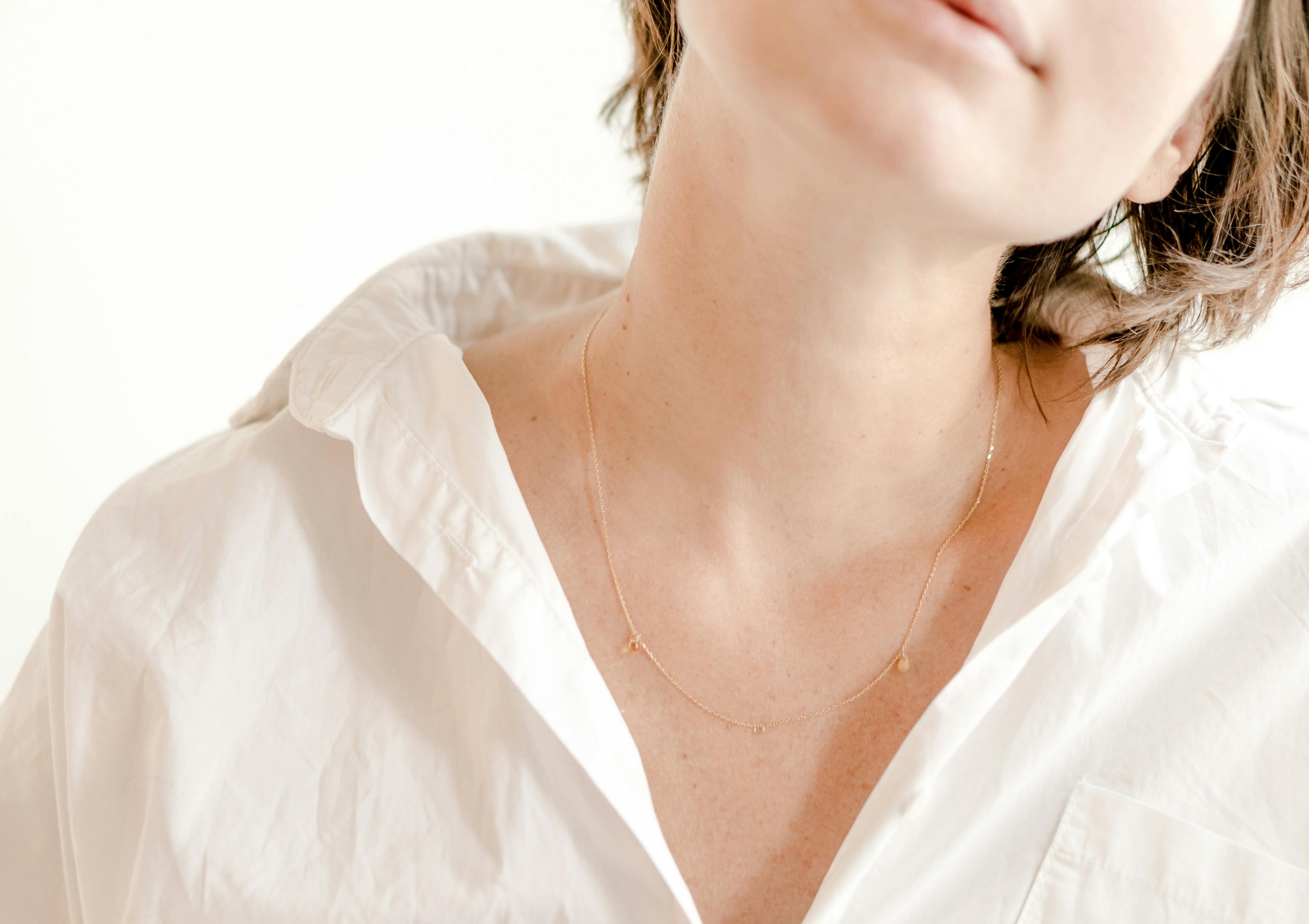How Long To Wear Toe Spacers

Toe spacers are a great way to help improve the alignment of your toes while providing relief from foot pain and discomfort. Wearing toe spacers can be beneficial for people who suffer from bunions, hammertoes, and other conditions that can cause tightness and tension in the feet. But how long should you wear toe spacers? The answer depends on your individual needs, but typically it is recommended to wear toe spacers for at least 15 minutes per day for up to four weeks.It is recommended to wear toe spacers for 10-15 minutes at a time, several times a day. It is also important to take breaks in between wearing the toe spacers to give your feet a break.
The Benefits of Wearing Toe Spacers
Toe spacers are a great way to prevent and reduce pain associated with bunions, hammer toes, and many other foot conditions. They provide a comfortable cushion between the toes that helps keep them in the correct position and prevents them from rubbing against each other. This prevents painful chafing and irritation, while also increasing the flexibility of the foot. Wearing toe spacers can also help to reduce foot fatigue by providing support for the arch of the foot. By promoting proper alignment of the toes, they can assist in reducing stress on the feet during activities such as running, walking, or standing for long periods of time.
In addition to providing relief from pain and discomfort associated with certain foot conditions, toe spacers can also improve balance and coordination. Having properly aligned toes is essential for optimal balance and stability when standing or walking. Wearing toe spacers can help keep your feet balanced properly by ensuring that all of your toes are equally spread out. This will increase your sense of equilibrium while walking or running on uneven surfaces.
Toe spacers can also be beneficial for those who suffer from plantar fasciitis or heel spurs. These medical conditions involve inflammation of the tissue that connects your heel bone to your toes. By wearing toe spacers, you can decrease pressure on your heels by allowing more space between your toes. This will reduce strain on the plantar fascia while also helping to maintain proper alignment of your feet.
Finally, wearing toe spacers is an excellent way to improve circulation in your feet. Poor circulation is often caused by poorly fitting shoes or by having tight shoes that constrict blood flow in your feet. By providing extra space between your toes, toe spacers allow for improved circulation which helps keep feet healthy and functioning optimally. Improved circulation helps to reduce swelling and inflammation as well as prevent infection in the feet.
In conclusion, wearing toe spacers provides numerous benefits which include reducing pain associated with bunions and hammer toes, improving balance and coordination, alleviating plantar fasciitis or heel spurs symptoms, and enhancing circulation in the feet. If you suffer from any type of foot condition or simply want to improve comfort while walking or running, consider giving toe spacers a try!
How to Apply Toe Spacers
Toe spacers are small pieces of foam, gel, plastic or rubber that are used to separate toes. They’re often used as a treatment for bunions, hammertoes and other foot conditions. Applying toe spacers can be tricky, but it’s not impossible. Here are some tips on how to apply toe spacers correctly:
1. Make sure your feet are clean and dry before applying the toe spacer. This will help ensure that the spacer stays in place and doesn’t irritate your skin.
2. Place the spacer between your toes and gently press down until it feels secure. You may need to adjust the position of the spacer several times until you find the most comfortable fit.
3. Wear the toe spacer for at least 20 minutes a day to start with, gradually increasing the amount of time as you get used to it.
4. If you experience any pain or discomfort while wearing the toe spacer, remove it immediately and seek medical advice.
5. Clean your toe spacer regularly with warm soapy water or an antibacterial wipe to prevent infections.
With a little practice, applying toe spacers can be a simple and effective way to treat certain foot conditions. However, if you’re unsure about how to use them properly or experience any pain or discomfort while wearing them, make sure to consult your doctor before continuing with the treatment.
What Are the Risks of Wearing Toe Spacers?
Toe spacers are an increasingly popular way to help with common foot ailments such as bunions, hammertoes, and overlapping toes. While toe spacers are generally safe to use, there are some risks associated with them that should be taken into consideration before use. The most common risk of using toe spacers is irritation and discomfort. If the spacer is too tight or not properly fitted, it can cause friction and irritation on the toes. This can lead to blisters, calluses, and other skin irritations.
Another risk associated with wearing toe spacers is that they can affect the alignment of the bones in the feet. If a spacer is not fitted properly or worn for too long, it can cause misalignment of the bones in the feet which could lead to further problems such as chronic pain or deformity. It is important to make sure that any toe spacer you purchase fits properly before using it.
Finally, there is a risk of infection when using toe spacers. If they are not cleaned properly after each use, bacteria and fungus can build up on them which can cause an infection if it comes into contact with your skin. To avoid this risk, make sure to clean your toe spacers regularly with soap and water or an antibacterial solution.
Overall, toe spacers are generally safe to use but it’s important to be aware of any potential risks associated with them before using them. Make sure to consult your physician before using any type of foot orthotic device and follow all instructions carefully for optimal results and safety.
Who Should Not Wear Toe Spacers?
Toe spacers are designed to help improve the alignment of the toes and feet, as well as provide cushioning and support. However, there are certain conditions that may make them unsuitable or even dangerous for some individuals. Those with severe bunions, hammertoe deformities, or who have had foot surgery should not wear toe spacers. Additionally, people with diabetes should not wear toe spacers without consulting their doctor first, as it could cause circulation issues due to reduced blood flow. People with arthritis in the feet should also take extra care when considering toe spacers, as the additional pressure can be painful and potentially worsen the condition. Finally, pregnant women should avoid wearing toe spacers due to the additional pressure they can put on their feet during this time.
In general, it is best to consult a doctor before beginning any type of foot treatment or therapy involving toe spacers. They will be able to assess your individual situation and determine if using them is safe and appropriate for you.

Are There Any Alternatives to Wearing Toe Spacers?
Toe spacers are a great way to help alleviate pain and discomfort caused by bunions, overlapping toes, and other foot related conditions. However, there are some alternatives to wearing toe spacers that may help provide relief from these issues.
For instance, stretching exercises can help reduce the tension on the toes and feet from bunions or overlapping toes. Additionally, yoga poses specifically designed for the feet can also be beneficial.
Cushioned shoes and insoles can also help reduce the amount of pressure on the feet when walking or running. Furthermore, wearing wide-toed shoes that don’t constrict your feet is important for those with bunions or overlapping toes as they can provide more room for your toes to move freely.
Custom orthotics may also be an option for those with more severe cases of bunions or overlapping toes as they provide additional support and cushioning to keep your feet comfortable while walking around or engaging in physical activities.
Finally, icing your toes after physical activity can also help reduce pain and discomfort associated with bunions or overlapping toes. Additionally, over the counter pain relievers such as ibuprofen may be taken if needed.
Overall, there are many alternatives to wearing toe spacers that can help alleviate pain and discomfort associated with foot related conditions. It is important to consult with a doctor before beginning any new treatment plan as they will be able to provide the best advice on what will work best for you.
How to Clean and Care for Your Toe Spacers
Toe spacers are an important tool to help alleviate pain in the feet caused by bunions, overlapping toes or hammer toes. They can also be used to help with alignment of the toes during yoga or fitness classes. To ensure your toe spacers last and remain comfortable, it is important to clean and care for them properly. Here are some tips on how to clean and care for your toe spacers:
First and foremost, it is important to keep your toe spacers dry. If they get wet, make sure you use a soft cloth to wipe them off and allow them to air dry before using or storing them. Doing this will help prevent bacteria from growing on the surface of the toe spacer.
It is also important to regularly inspect your toe spacers for signs of wear and tear. If you notice any damage or deterioration, replace the spacer immediately as they are not designed to be repaired. Additionally, it’s a good idea to keep an extra pair of toe spacers on hand in case one gets damaged.
After every use, be sure to wash your toe spacers with soap and warm water. This will remove any sweat or dirt that may have accumulated during use. Then rinse them off with cold water and allow them to air dry completely before using or storing them again.
Finally, store your toe spacers away from direct sunlight as this can cause fading or discoloration over time. You should also avoid storing them in damp places such as bathrooms as this could lead to mold growth on the surface of the spacer. The best way to store them is in a cool, dry place such as a drawer or closet shelf.
By following these simple tips you can ensure that your toe spacers stay comfortable while providing relief from foot pain and discomfort.
Different Types of Toe Spacers
Toe spacers are a type of orthotic device used to relieve pain caused by the toes rubbing together or overlapping. They can also be used to help realign the toes if they have become misaligned due to injury or deformities. There are several different types of toe spacers available on the market, each offering different levels of support and comfort.
The most common type is the foam toe spacer, which is usually made from soft, flexible foam that fits between the toes and helps to keep them separated. These provide a comfortable cushioning effect and can help reduce friction between the toes. They can also be easily adjusted to fit different sized feet and toes.
Gel toe spacers are another popular option, which offer more support than foam toe spacers. These are often made from a combination of gel and foam material and offer more stability than foam toe spacers. They are also usually contoured to fit the shape of your feet better for added comfort.
Finally, there are rigid toe spacers which are designed for more serious conditions such as bunions or hammertoes. These rigid devices provide greater stability than other types of toe spacers and help keep your feet in proper alignment while walking or standing. They may not be as comfortable as softer options but can be very effective for certain foot conditions.

Conclusion
Toe spacers can provide relief from shoe-related foot pain. They can help to improve the alignment of your toes, reduce pressure on your feet, and provide cushioning for your toes. When using toe spacers, it is important to wear them for the proper amount of time in order to experience the best results. Generally, toe spacers should be worn for 15 to 30 minutes per day or as long as you feel comfortable wearing them. If you are using a toe spacer for medical reasons, you should always consult with your doctor before beginning any treatment plan.
Overall, toe spacers can be a great tool to help relieve foot pain and realign toes that have become misaligned due to tight shoes or conditions like bunions. They are affordable, easy to use and can be beneficial for both short-term and long-term relief from foot pain. With the right care and usage, anyone can find the relief they need with a little help from toe spacers!
